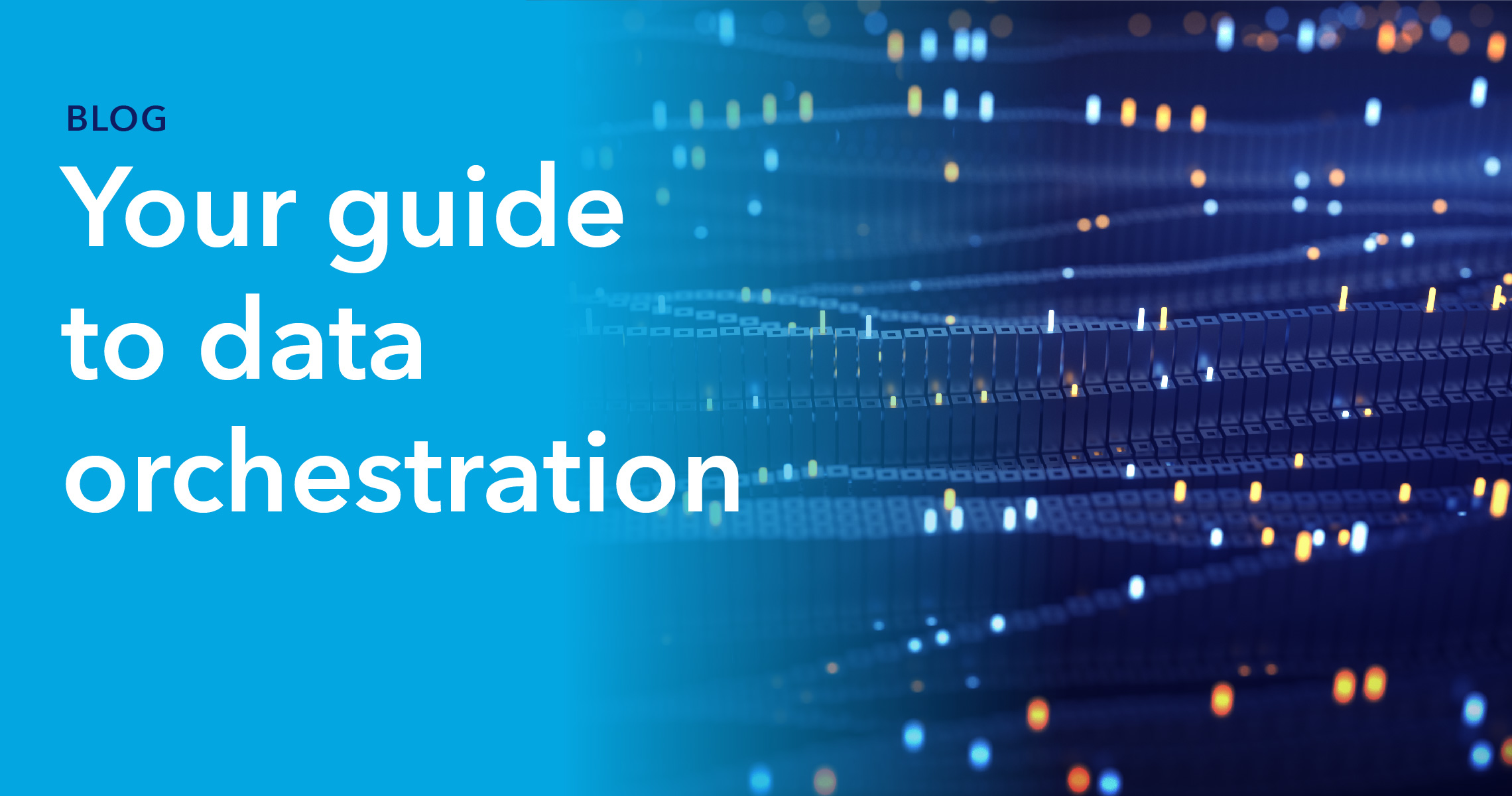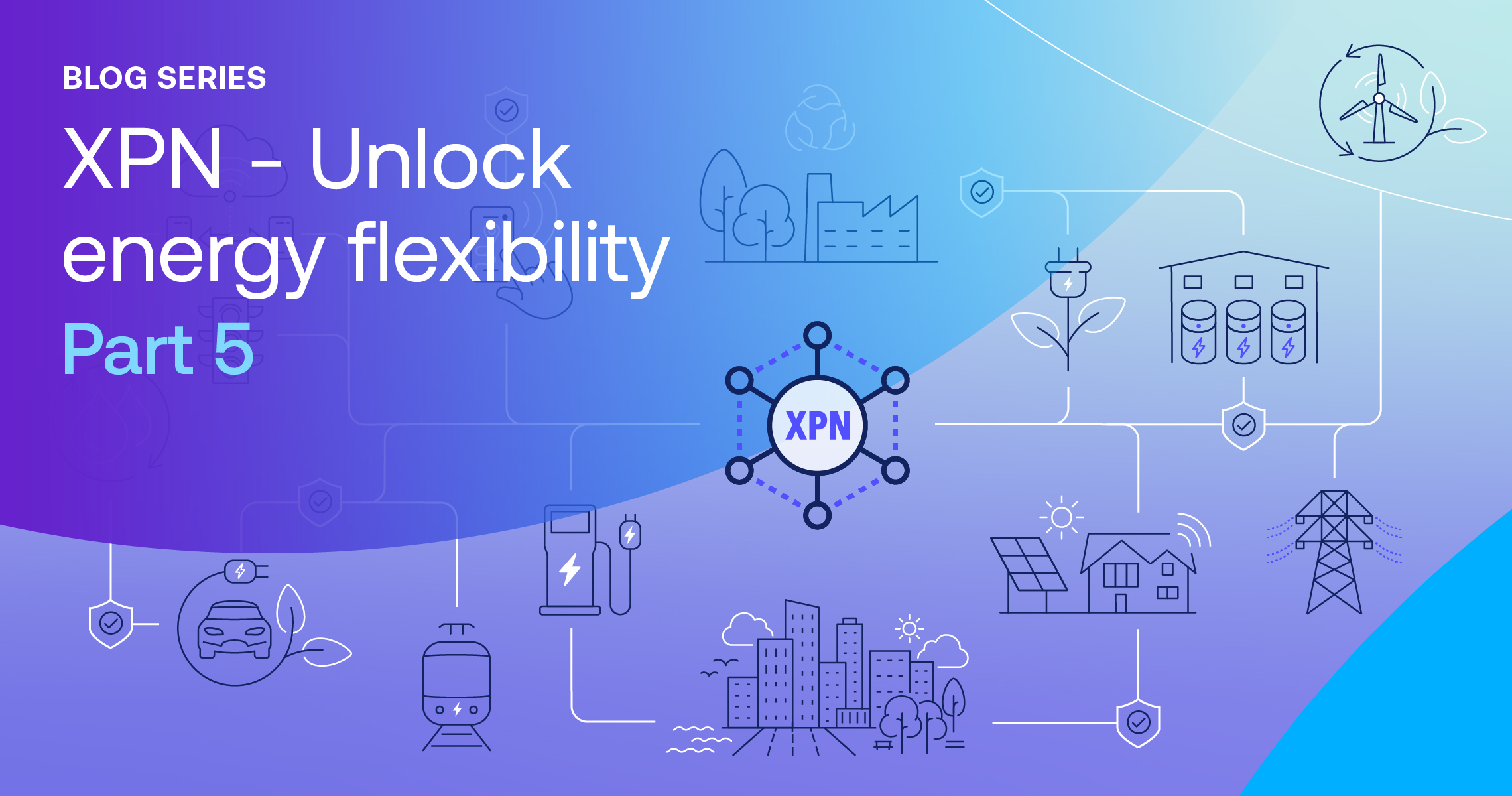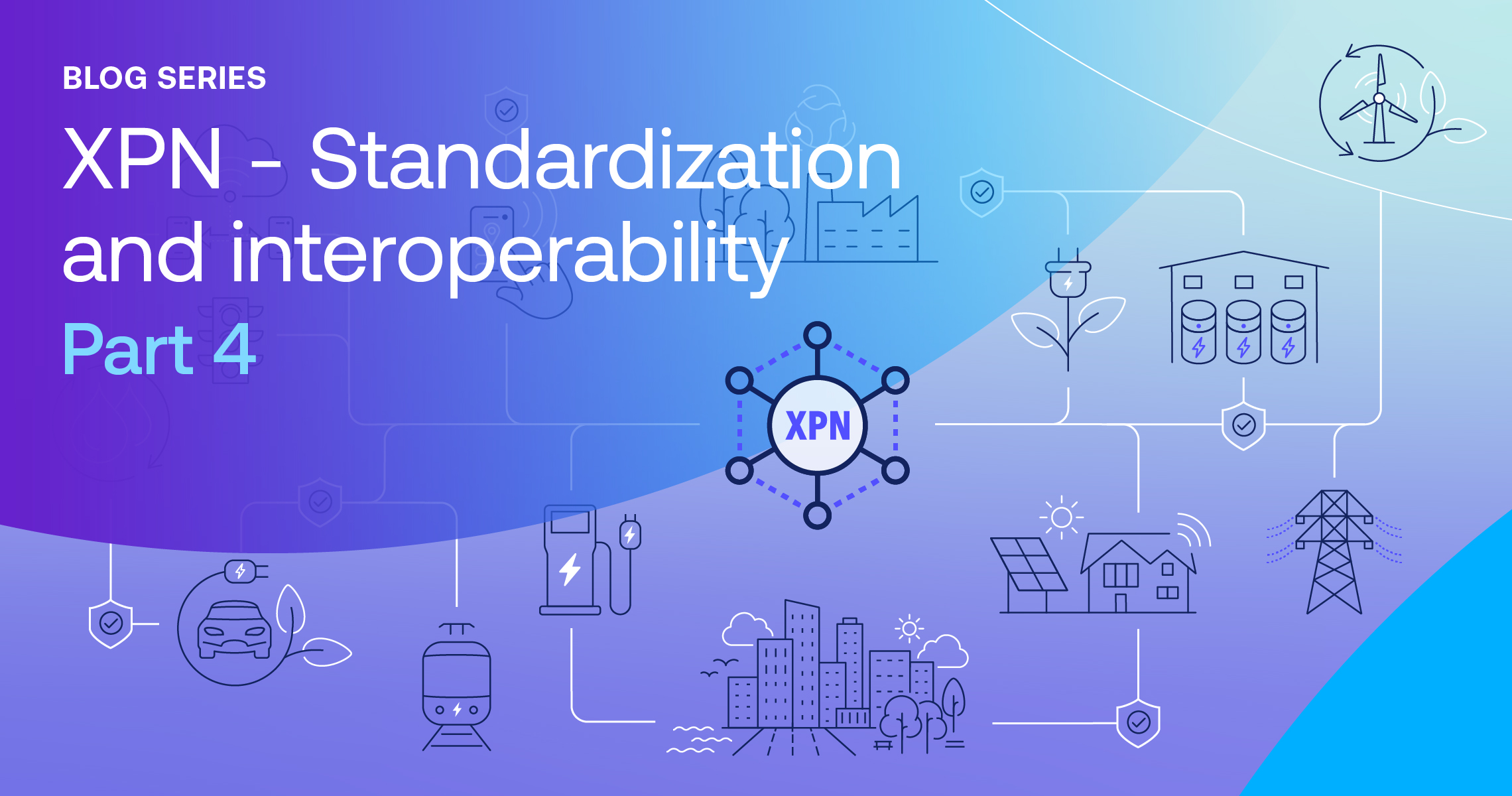The number of data collection points for businesses of all sizes and in all industries is rapidly increasing. Unfortunately, the networks and workflows that previously functioned well with smaller data streams are now overwhelmed with too much data. Often, the data is in different formats, and the organizations collecting the data have no formal strategy for handling it. This disorganization can result in:
- Data swamps: Vast lakes of siloed data – some of which may be useful but much of which isn’t – clog up data processes, cost money for storage, and grow bigger the longer they’re ignored.
- Lost developer time: More data means more time is spent cleaning and processing it; those in the field find that 80% of their time is spent acquiring and preparing data.
- Slowed business insight velocity: The more data there is, the longer it takes to put it into a usable format. This means it takes longer for quality data to reach the people it needs to.
- Regulatory Infraction: With stronger laws on data governance and usage, data collectors need to be able to locate specific user data and prove it’s only being used for what they have permission for. Otherwise, they risk considerable fines and reputational damage.
- Opportunity costs: Storing data costs money, as does employing data scientists and developers. But, there’s another cost that could be even bigger. By being too slow to use the data they’ve already collected, organizations miss out on considerable efficiencies or revenue streams that could make a big difference to their bottom line.
The solution to the above issues is building a data orchestration framework that automatically processes data as it’s collected and delivers it in usable formats. But what is data orchestration exactly? Let’s take a closer look.
What is data orchestration?
Data orchestration is the use of combined tasks and automated processes to bring together data from dispersed silos and data collection points, combine it, and deliver it directly to those who need it.
Since all the time spent acquiring and preparing processes is done automatically by a data orchestration platform, data can flow much quicker through an organization. In addition, all of an organization’s storage systems can be interconnected and the data flowing between them can be orchestrated to deliver a smooth and more time-efficient data processing operation.
How does data orchestration work?
Standard data processes relied on a task list being physically set by a data function, whereas data orchestration uses DAGs (directed acyclic graphs) to automatically sort collected data. These are complicated task chains that ask and answer a series of questions about what should be happening with data as it’s ingested. DAGs sort data at great speed, subsequently organizing it into very precise and easy-to-use categories.
With these extensive task flows running as automated processes, all the data an organization collects goes straight to where it’s supposed to without getting stuck in an intermediary, and all too often permanent, data swamp. This orchestrated data is then available for data analysis tools in uniform, readily usable formats.
For most data orchestration deployments, AI or machine learning is also integrated into the platform in order to react to and handle all new data inflows, even if not formally specified in the DAG.
The advantages of data orchestration
Once you’ve established what is data orchestration about thenthe numerous advantages to it become more apparent. As data collection grows, it is the only solution for bridging the current gaps between the collection, storage, analysis, and use of data. While the best solution is to incorporate a data orchestration framework from the very beginning, the only viable solution for nearly all enterprises is to deploy a data orchestration platform.
Data orchestration platforms and tools can help organizations with:
- Data cleansing: Data orchestration tools can remove unnecessary metadata or data that has been predetermined as unneeded.
- Data interoperability: Data can arrive in many different formats, which slows down data analysis. A data orchestration solution can ensure that all data arrives in uniform formats.
- Data organization: Data swamps grow because data is not labeled and organized properly when first ingested. Data orchestration ensures that all data has very clear annotation, which makes it easily and quickly accessible in the future.
- Faster insights: Data orchestration funnels data insights directly to the business functions that need them.
- Data governance: Data orchestration allows organizations to place access and identity management controls over data, including what it can be used for and by whom. It also allows audit trails to be created by establishing usage logs of the data involved.
- Future proofing data infrastructure: One of the biggest benefits of deploying data orchestration is that it prevents data lakes from becoming too large and unmanageable. It also puts in place a framework that can easily scale to handle all future data collection and organization.
What is Data orchestration with Intertrust Platform like?
Intertrust Platform is a secure data platform that helps organizations orchestrate their data to provide quicker and more meaningful insights into their business operations. The Platform uses a virtualized data layer to bring together the data that’s needed for analysis in secure execution containers. That way, data can be accessed and used wherever it is without the need for migration.
Data governance is also enhanced through fine-grained access control of all data brought together through the Platform. This facilitates secure collaboration with other organizations and the use of third-party analytics, as organizations no longer have to worry about data regulatory issues.
If you would like to find the answer to what is data orchestration from the experts and learn more about how Intertrust Platform helps companies orchestrate their data and maximize its value while lowering costs, read more here or talk to our team.
About Abhishek Prabhakar
Abhishek Prabhakar is a Senior Manager ( Marketing Strategy and Product Planning ) at Intertrust Technologies Corporation, and is primarily involved in the global product marketing and planning function for The Intertrust Platform. He has extensive experience in the field of new age enterprise transformation technologies and is actively involved in market research and strategic partnerships in the field.




